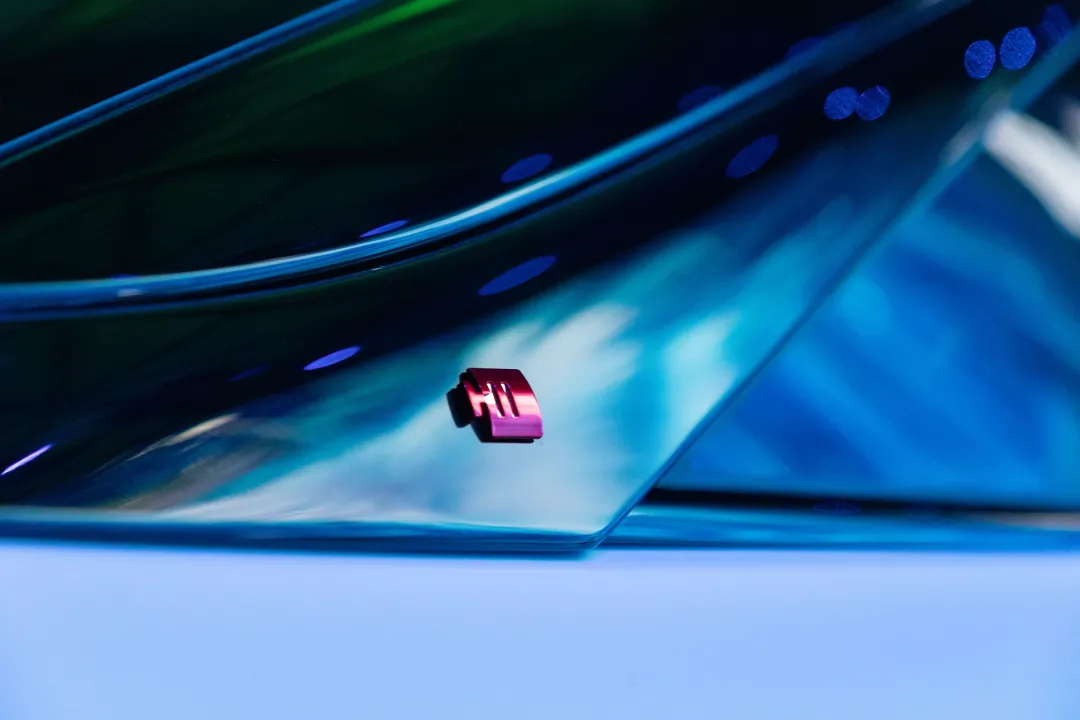*Author: Michelin
With the approaching of the Shanghai Auto Show, the most eye-catching thing in the automotive industry recently is not any car company or model, but Huawei, a company that claims “No Car Manufacturing” and aims to create an incremental market Tier1 for the intelligent automotive era. In the hundred-year history of the automotive industry, no supplier has ever been so high-profile, designating its own parts family, deeply branded as its own. Even at the release of the Alpha S of JIHE last night, Huawei HI was still the most eye-catching C-position in Beiqi.
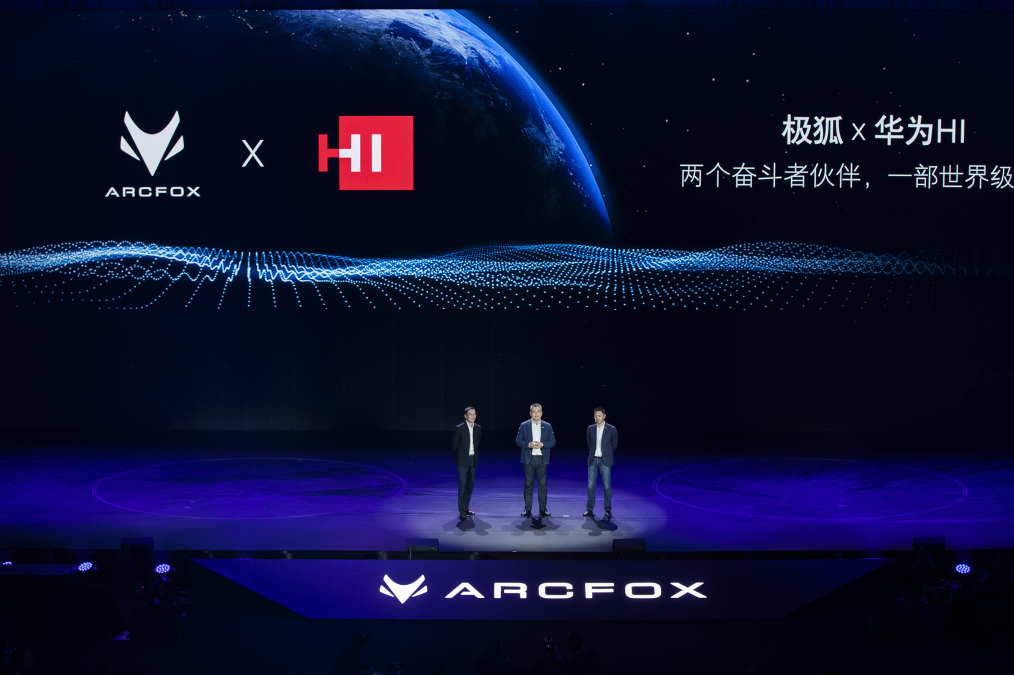
Just one day later, Huawei’s Car BU held a press conference in Shanghai and boldly showed their entire intelligent parts and solutions, from intelligent automotive hardware to software, demonstrating their determination to enter the automotive ICT field with concrete actions.
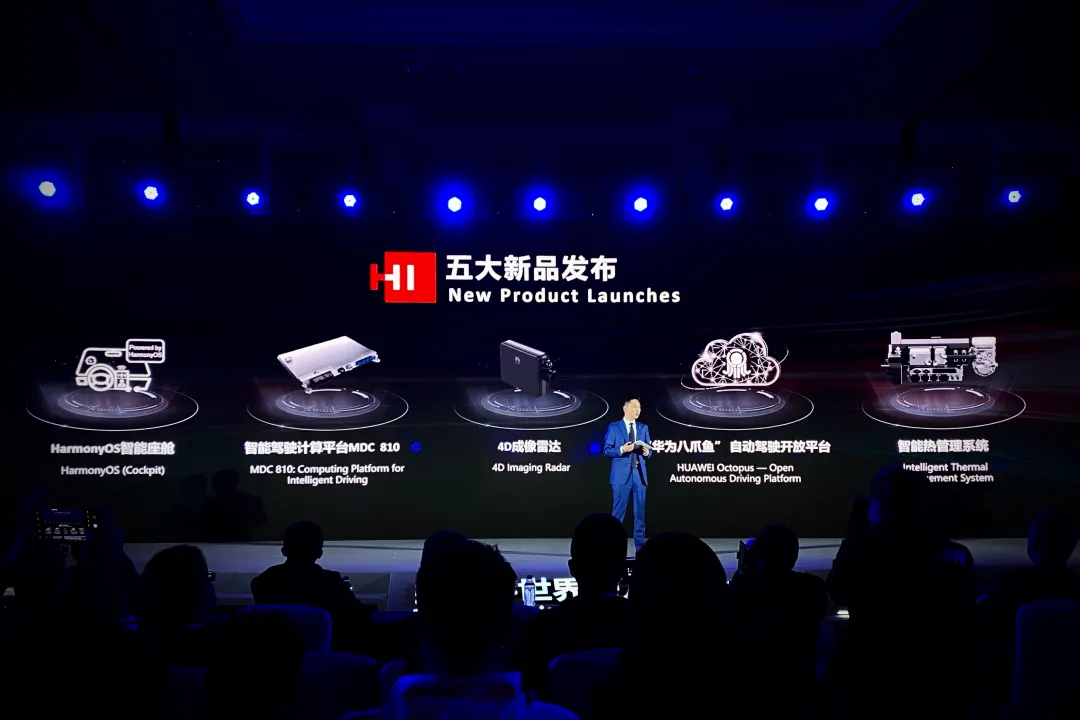
In the current era of warlords, traditional suppliers are still struggling with digital transformation, and there is still no supplier giant in the intelligent automotive incremental market. Joining forces with technology companies focused on a particular field, or joint development, or self-research, is the choice of most car companies. Therefore, when new cars are released, the situation of A chip + B controller + C sensor + … is often ridiculed as “material stacking”. In this case, what different perspectives will the all-in solution of Huawei covering intelligent driving, intelligent cockpit, and electric system control bring with its full-stack solution from chips, sensors, architecture, algorithms to software platforms?
Chip + HarmonyOS + HMS-A, creating the Apple of intelligent cockpit?
For the intelligent cockpit, Huawei has given a top-down software and hardware ecosystem based on the HarmonyOS car system operation system.
The “brain” of the cockpit uses the Kirin 9610 car module, which achieves self-learning and self-training by independently embedding neural network processors, making the cockpit more closely connected to AI, more proactive in interaction, and also the current trend in cockpit design.
The HarmonyOS micro-kernel and distributed architecture allows it to be compatible across different hardware, with an “inner and outer core” separation. When mobile phones, computers, tablets, and cockpits all use the Hongmeng system, their cores are consistent, only the interface and functions are different. In this way, the seamless switching mode popular in the “Apple Family Sharing” can also be achieved between the Hongmeng system’s mobile devices and cockpits. Perhaps when we use our mobile phones to attend a video conference, we can seamlessly switch the video conference to the central control screen with just a slide of the screen when we step into the cockpit.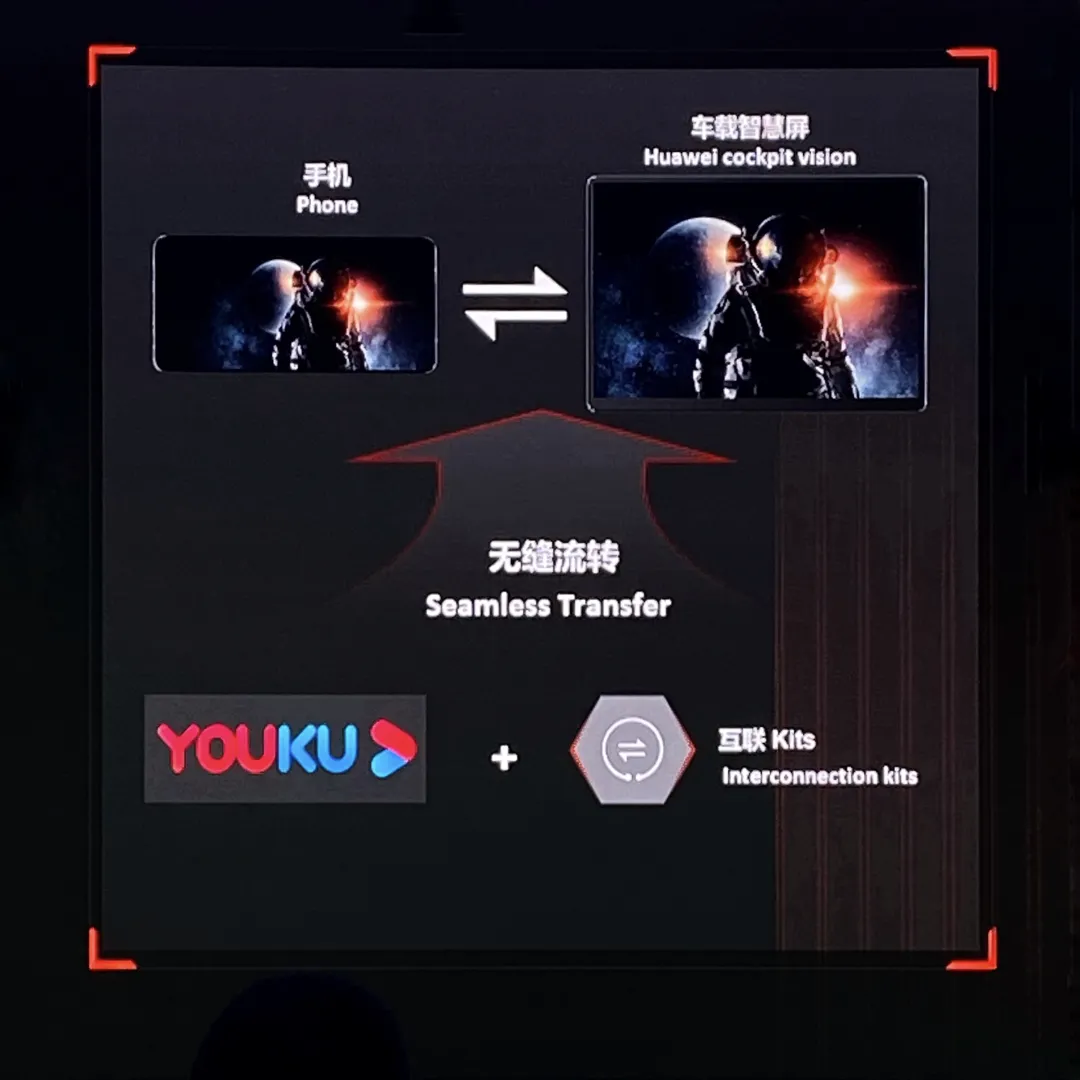
HarmonyOS not only provides interconnectivity among different terminals, but also offers an open operating system. Like different phone brands can create their distinctive interfaces based on the Android system, each OEM can also design their own differentiated systems according to their own needs.
Built on top of the open operating system, HMS-Automotive provides basic services such as account management, cloud service space, games, location, wallet, application messages, and identity authentication. Similar to Apple’s App Store, different developers can also develop their own software on HMS-A.
As of January 2020, Huawei has registered more than 1.3 million developers globally, and the number of applications accessed by HMS Core worldwide has exceeded 55,000. Compared to developers of iOS or Android systems in mobile software, this number is indeed not many. However, the ecosystem of HarmonyOS is still not mature since it has only been launched for less than two years.
The automotive cockpit ecosystem has just started. While each company is creating its own platform and ecosystem, Huawei’s attraction to developers on mobile terminals such as smartphones and computers, as well as its architecture labeled with the Huawei logo, which is jointly created by its own chips, HarmonyOS car system, and HMS-A, may produce an Apple-like moat in the cockpit once mature.
Is Level 4 autonomous driving equipment being used in mass production cars a catch-up game?
Autonomous driving can be said to be Huawei’s most eye-catching focus currently. A video of urban autonomous driving tests went viral on social media. Regarding the intelligent driving computing platform, Huawei once offered four computing platforms, namely MDC 300F, 210, 610, and 810, for commercial vehicles, L2+, L4+, and L4~L5 passenger vehicles in four different scenarios. Based on the MDC computing platform, standardized hardware interfaces and software application ecology have been developed, enabling sensors and actuators to be standardized and loaded.
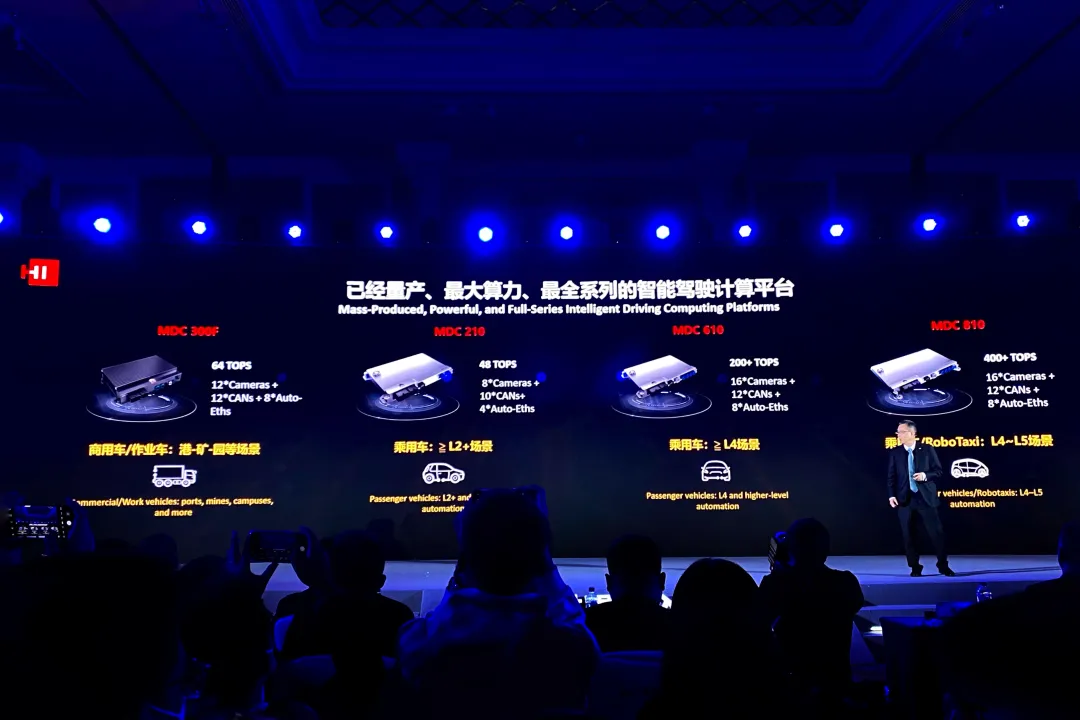
Last night’s Alpha S, a collaboration between Beijing Auto Wei and Huawei, used the MDC810 computing platform designed for the L4~L5 scenario. While the landing of Level 3 autonomous driving is still a difficult task, Huawei used a higher-level autonomous driving computing platform in mass-produced passenger cars. On the one hand, it shows Huawei’s confidence in its technology. On the other hand, it shows its brand strategy of playing a “catch-up game” without considering costs to kick off its debut.In terms of perception, 4D imaging radars, high-resolution LiDARs, and high-definition cameras are gradually becoming standard in autonomous driving. Waymo, Continental Group and others have successively announced the launch of 4D imaging radars, while SAIC Motor will also equip its production models with 4D LiDAR next year.
High-resolution LiDAR is responsible for accurate and stable obstacle contour, high-resolution imaging radar is responsible for all-weather speed and distance measurement, and 8M high-definition cameras are responsible for static environmental perception, especially for handling “corner cases” in autonomous driving. The fusion of these three perception modes can avoid accidents caused by mistaking a white container for blue sky or misjudging a high gantry as a ground obstacle, which leads to emergency braking.
As a company with many years of experience in the wireless product field, Huawei has accumulated technology in sensors. The 4D imaging radar it brings is commonly interpreted as higher resolution, larger field of view and detection distance, using denser 4D point clouds to make the boundary of obstacles more clear. In a point cloud video played on site, you can clearly see the points describing different obstacles, vehicles, and pedestrian movements on the ground.
In terms of autonomous driving R&D, although the onboard computing platform and sensors are sufficient, massive data processing, labor-intensive data labeling, and time-consuming simulation pose significant challenges to every autonomous driving R&D team, and are a major burden.
Therefore, we see companies such as NVIDIA, Intel, Baidu Apollo, and NXP opening up their autonomous driving platforms. Building an open platform for autonomous driving is both a consolidation of one’s own autonomous driving capabilities and brand establishment, and it enables some autonomous driving developers to focus their efforts on core algorithm development, pushing autonomous driving forward together. Huawei’s Octopus Autonomous Driving Open Platform is an example of this functionality.The nickname “Huawei Octopus” is particularly vivid. It holds hardware such as on-board computing platforms and sensors, as well as high-precision maps and various special scene maps, backed up by cloud services. The specific operation is to package the data of automatic driving and upload it to the cloud, simulate it in the cloud, and then send it to the vehicle for testing. The developer optimizes their algorithm by comparing the simulation results with the results of the actual vehicle test. In this way, simulation is used instead of actual testing in the early stage of development, which is more efficient, and can simulate dangerous scenarios that are rarely seen on real roads.
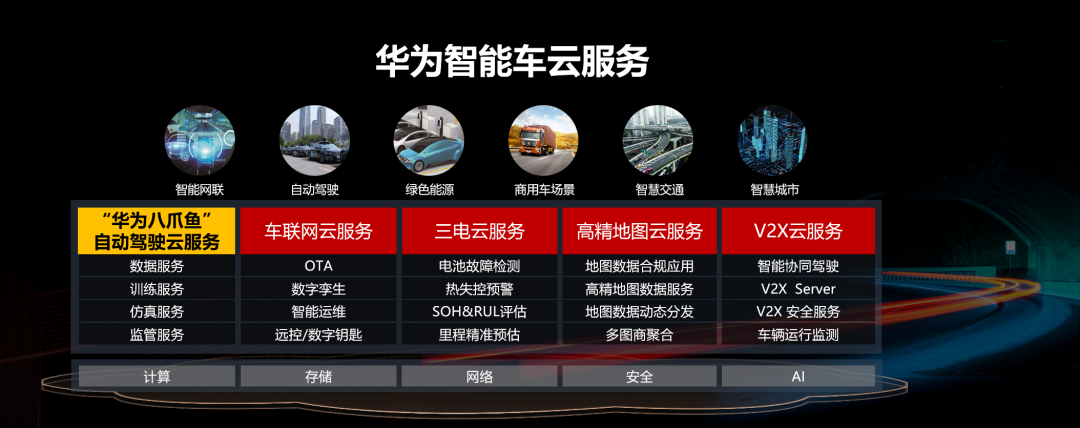
In addition to the above products, Huawei also announced many black technologies this time.
For example, a high-definition AR-HUD with a volume of only 10L, a 70-inch display, and a 2K resolution. Wang Qingwen, the general manager of the Huawei Intelligent Cockpit Product Division, even envisioned replacing the LCD instrument panel with AR-HUD in the future, so that there is only one physical screen in the central control of the cockpit.
For example, the Huawei TMS thermal management system, which targets the situation that the driving range of electric vehicles may drop by 30% to 40% in low temperature conditions in winter. It can reduce the working temperature of the heat pump from the current -10℃ to -18℃, so that the heat pump system can work efficiently even at -18℃ to ensure the driving range of the battery.
Finally
Although this Huawei HI new product launch showcased Huawei’s comprehensive solutions in the field of automotive intelligence, it is only the beginning. Wang Jun, President of Huawei’s Car Business, stated that Huawei will invest 1 billion US dollars in automotive research and development this year, and more cooperation models and new products will be launched in succession. As for us, we look forward to such a beginning, expecting a giant to stir the surging intelligent automobile market and make the direction of future automobiles clearer.
Will we one day buy a car with the “HI” logo printed on it, just like the “intel inside” on computers back in the day?
This article is a translation by ChatGPT of a Chinese report from 42HOW. If you have any questions about it, please email bd@42how.com.
